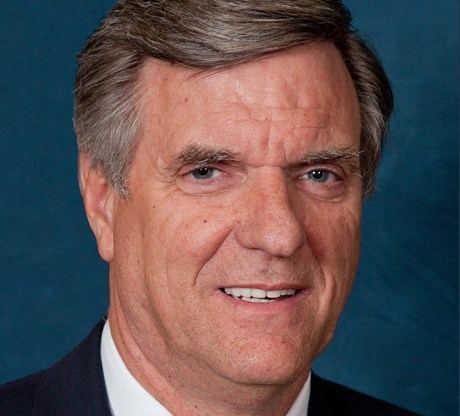Name George Gilmore | ||
 | ||
Books The Irish Republican Congress, Labour and the Republican Movement | ||
George gilmore on fire euro roseto adecco milano 93 92
George Gilmore (1898–1985) was a Protestant Irish Republican Army leader during the 1920s and 1930s. During his period of influence the Republican movement moved significantly to the left. After leaving the movement in 1934 he remained a significant figure on the Irish left.
Contents
- George gilmore on fire euro roseto adecco milano 93 92
- George gilmore i ve grown used to losin live at arlene s grocery
- Life
- Literature
- References

George gilmore i ve grown used to losin live at arlene s grocery
Life
Born in County Dublin, Ireland, he led the South County Dublin Battalion of the IRA from 1915 to 1926. He fought in the IRA in the Irish War of Independence and in the Irish Civil War on the Anti-Treaty IRA side. After the defeat of the anti-Treaty forces he served as the secretary of the later Taoiseach Seán Lemass. In October 1925 he organised the escape of 19 IRA prisoners from Mountjoy Prison in Dublin. He was arrested for IRA activities 1926, released 1927, arrested 1931, and released again in 1932 when Fianna Fáil were elected to government. His treatment in Arbour Hill prison from 1931-2 was abysmal. Gilmore refused to wear prison clothing and remained naked other than a couple of towels from December to March. When Fianna Fáil secured victory Frank Aiken, former Chief of Staff of the IRA and new minister for defence went to see Gilmore on March 9, the next day all republican prisoners were released. 30'000 supporters greeted the men at College Green, Dublin.
In the late 1920s as a member of the IRA's Army Council he negotiated with representatives of the Soviet government in an attempt to arrange military training for selected officers of the IRA. After the election of the first Fianna Fáil government under Éamon de Valera in March 1932 Gilmore was one of the representatives of the Army Council that liaised with de Valera.
On 14 August 1932 he was shot and wounded by plain clothes members the Garda Síochána in County Clare, an incident that was blamed on the police by an official Tribunal of Inquiry that reported one month later. Along with Roddy Connolly, Nora Connolly O'Brien, Peadar O'Donnell and Michael Price he was one of the founders of the Republican Congress, a left wing socialist Irish Republican group, in 1934. The group broke up in 1935 over internal differences. He was later active in 1936–39 as a supporter of the International Brigades in the Spanish Civil War.
During the 1960s when the Republican Movement once again moved to the left Gilmore and O'Donnell were once again in demand as speakers and as writers in Republican publications.
He died in Howth, County Dublin, aged 87.
